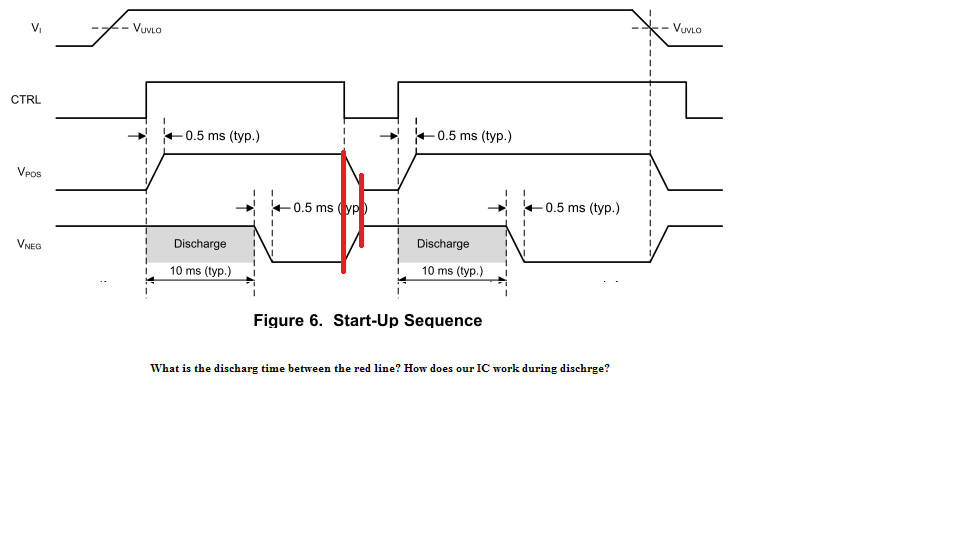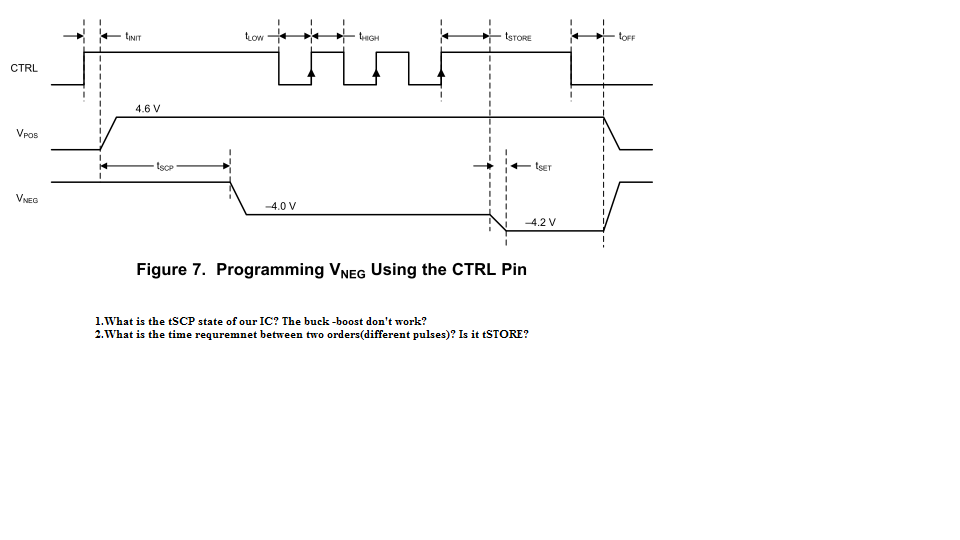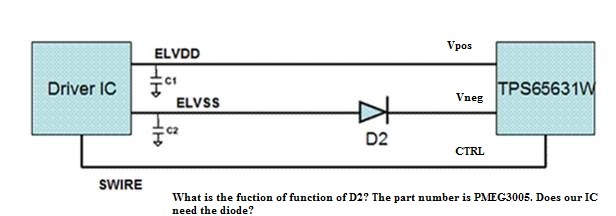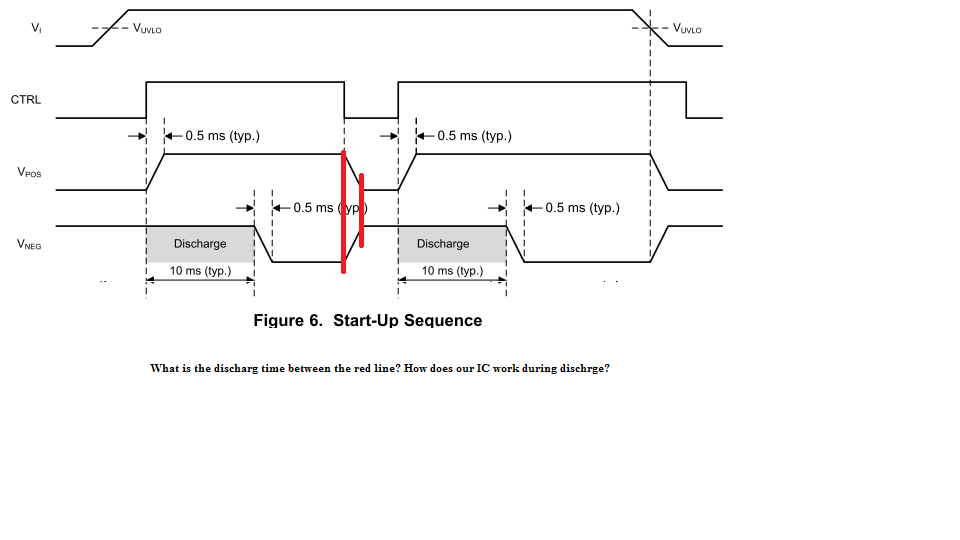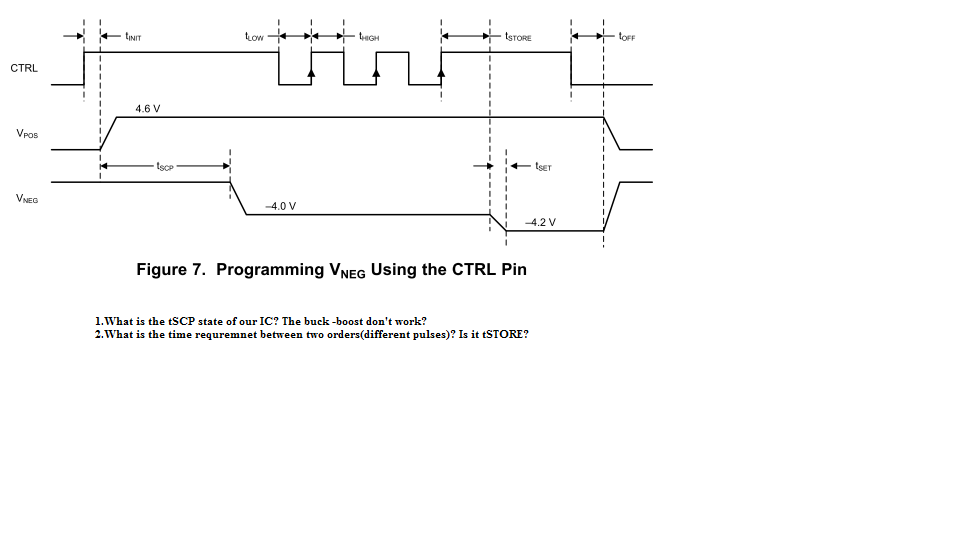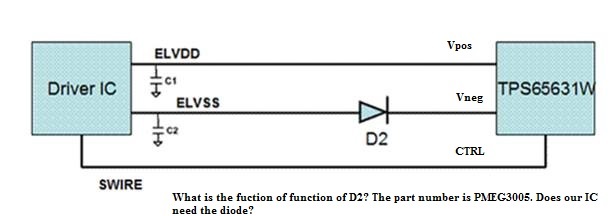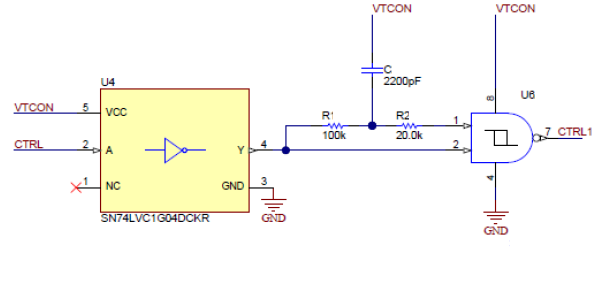Hi
I have a customer making smart watch. They have chosen two AMOLED supplier, one is RM69080, the other is RM67160. The two AMOLED Displays need differnt Power Supply. For RM69080, it need slow discharge, or it will flash, and they use RT4723A. For RM67160, they need fast discharge, or it will meet short internally.
Can we promote TPS65631W to them to meet the two different discharge requirement? How can it adjust the discharge time? Thanks.
Best Regards
Janet


